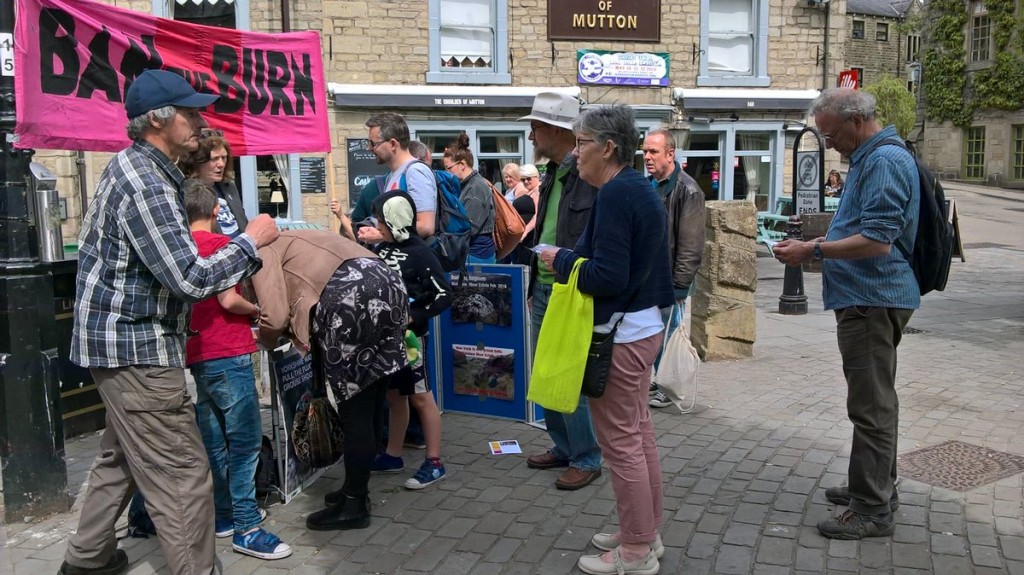Upper Calderdale Wildlife Group says the situation with Natural England is hopeless following Defra’s recent rejection of Natural England’s recommendation to set legally binding, strong targets for improving conditions at Sites of Special Scientific Interest.
The quango’s ability to protect Walshaw Moor, above Hebden Bridge, was already limited.
With its budget slashed over the past decade and a half by central government, Natural England hasn’t had the staff to monitor the Walshaw Moor Estate Site of Special Scientific Interest – even though, as a Natura 2000 site, the grouse shooting moor is supposed to have the highest level of conservation protection.
Walshaw Moor is one of the rare areas of upland blanket bog in the UK, and as such, should be protected as a vital carbon sink on a par with tropical rainforest. But its management for intensive driven grouse shooting is at odds with protecting this vital habitat, and the wildlife it should support.
Continue reading
